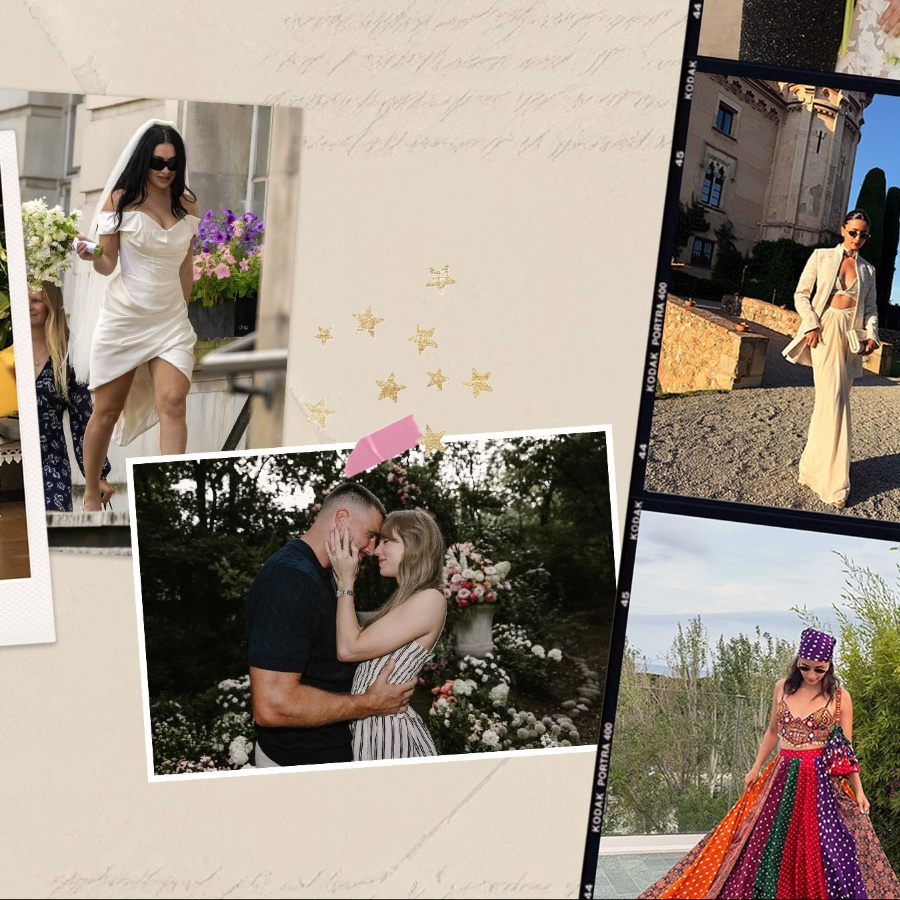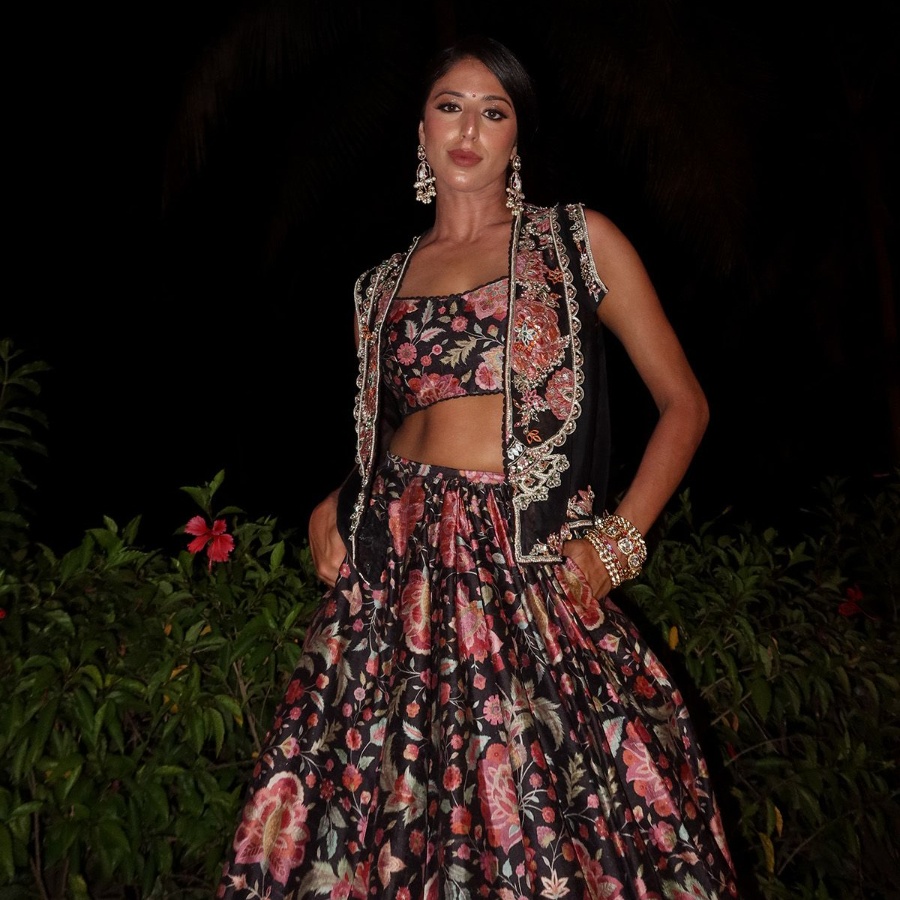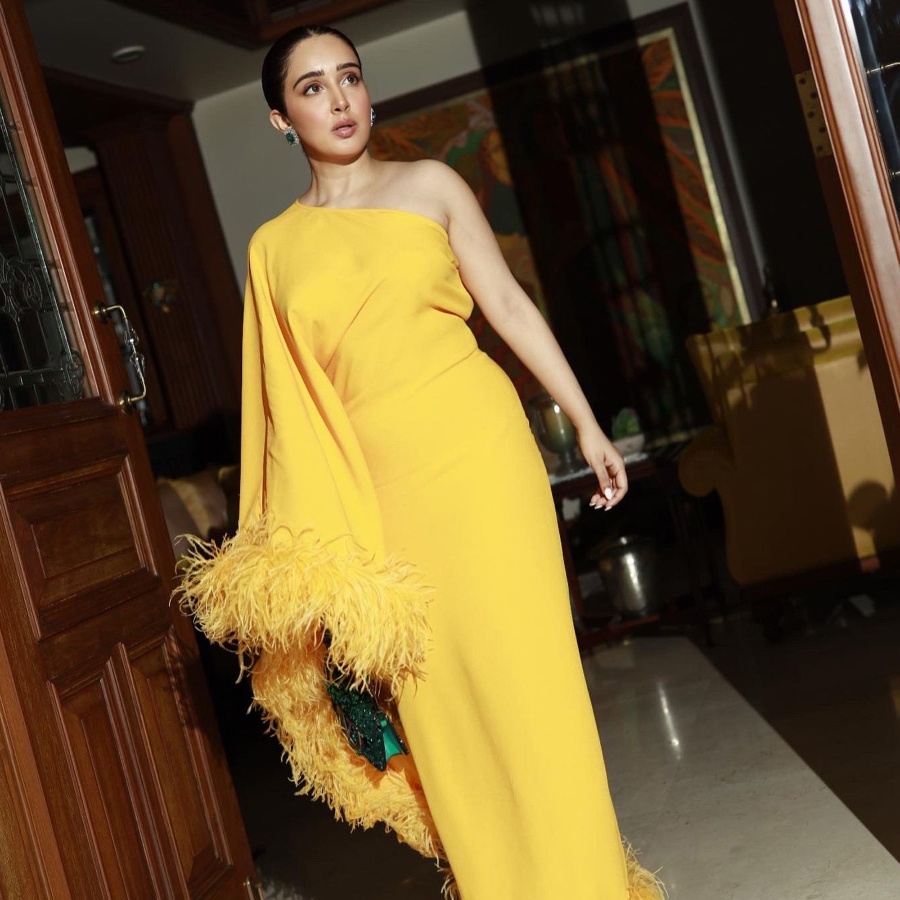Internationally, the ‘Big Fat Indian Wedding’ defines the world's perception of how Indians dress. In a country where weddings are a central part of life, the way people dress for these celebrations mirrors broader social and cultural shifts. Couturier and fashion designer Rahul Mishra says, “The wedding sector is a large contributor to the way India experiences its culture, and we have only harvested more affinity towards our roots during the pandemic.”
Today, couples are taking the lead, moving away from traditional parental expectations. With the social media forward Gen Z (now in their 20s), weddings are increasingly showcasing a modern, self-assured India. Menswear designer Kunal Rawal says, “Couples are very much about setting the agenda; they want to decide how the wedding will be.” This shift includes grooms, who are much more involved in the whole process than in the past. Yes, we might just be witnessing the rise of the Groomzilla.
The COVID-19 effect
Four years after the pandemic began, its lasting impact on weddings is unmistakable. Initially scaled down due to restrictions, weddings have evolved into more intimate celebrations, though not necessarily less luxurious. Others, however, have embraced unabashed extravagance.
Devika Narain, a prominent wedding planner, notes, “In the last five years, I have seen budgets for weddings double. While inflation plays a part, there is an increase in spending for celebrations.” Every couple wants their celebration to be unique. “I take a bespoke approach—it's not just a function, it's about creating a mood or vibe that reflects the couple,” she adds.
This shift has also prompted designers to adopt more flexible strategies. Mishra explains, "We're catering to everything from 15-day intimate destination weddings to three-day grand affairs." Modern brides and grooms want clothing that can be repeated, “Brides may still be looking to make a statement, but there’s a strong demand for versatile silhouettes which can be restyled and re-worn,” he adds. Grooms are focused on shorter sherwani jackets and tailored looks. “Yet, they want that special piece that will be a talking point like a glow-in-the-dark element on a sangeet outfit…that’s not something that is considered out-of-the-box today,” adds Rawal
Multi-brand stores like Pernia’s Pop-Up Shop, Ogaan, Aza and Ensemble today have expanded their presence to most major cities in India—a game-changer for bridal wear. Abhishek Agarwal, founder of Purple Style Lab, who own Pernia's Pop Up Shop, notes that about 50 per cent of his store's space is now dedicated to weddings. For designers, runway shows have become crucial as brides come ready to buy the exact looks they see. Mishra adds, “They are inclined to create the same visual impact as the brand’s campaign or runway presentation—akin to how brides typically shop in the West.”
High-end brands like Canali and Giorgio Armani have introduced India-exclusive capsule collections, drawing inspiration from traditional silhouettes like the bandgala and aachkan jacket for men. Nisha Kundnani, founder of Bridelan, a Mumbai-based boutique styling consultancy, explains, "The modern Indian bride wants a blend of Indian and international outfits in her wardrobe to suit and reflect her lifestyle. Brands like Taller Marmo, Elie Saab, Cult Gaia and Zimmermann are especially popular." When it comes to accessories, high-net-worth individuals (HNIs) still gravitate towards international brands as their first choice.

Beyond the clothes
More important than clothes is the experience. Today, destination weddings are the choice for many. “Five-star hotels are backup options now,” says Narain. Couples are focused on creating something unforgettable for their guests. “Instead of Jaipur, they might opt for Six Senses Barwara Fort or Narendra Bhawan in Bikaner,” she explains. A few years ago, personalisation meant plastering the couple's initials on everything. Now, Narain says, “It’s about having their favourite band perform or serving their favourite dishes crafted by their preferred chef. Experience has taken on a new meaning.”
The destination now drives the wedding look more than the latest fashion trends, with clothes needing to complement the backdrop. Both the couple and the wedding party require multiple outfits for the entire trip, leading to frequent changes and a significant wedding budget. While brides still seek that standout outfit, they also appreciate the practicality of fuss-free clothing like pre-draped sarees, dupattas, and hybrid gown-like silhouettes that travel well.
Destination weddings also align perfectly with the rise of social media, as every wedding comes with its own hashtag, and every couple hopes to go viral. A stunning location enhances the story. Dress codes like “Grecian,” “Studio 54,” and “Bridgerton” are common for sangeets and receptions, adapted to suit the couple’s style and location. Many wedding invites now include a “Wardrobe Planner,” detailing what to wear—from colours to silhouettes—ensuring homogeneity in visuals.
In the past, a bride would go to one designer who would dictate the tone and look of the wedding. This is no longer the case. Agarwal notes, “Going with one major designer requires a high budget, and today the wedding extends beyond the actual ceremony, with pre- and post-parties hosted by friends requiring a diverse wardrobe.” For younger couples, it is less about which designer is making the outfit and more about the visual impact and looking different at each event. Even high-net-worth brides are not limited to high-end couture, often opting for mid-range designers.
At Pernia’s Pop-Up Shop, the highest price tag pieces come at US$5,000 (approx ₹4,17,300), as those who want to spend more prefer personal orders or go to the flagship store. Mishra says, “The starting price for a bridal look at our store in India is about ₹5,00,000 and may go up to ₹9,00,000 for women and from ₹1,50,000 to ₹4,50,000 for men.” Of course, if you are going bespoke the sky's the limit. While grooms spend less on each outfit, they want to make a statement and are willing to splurge on something special for their wedding.

The Bling factor
Grooms are now experimenting with jewellery, incorporating buttons, subtle bracelets, and striking neckpieces into their ensembles. Rawal mentions, “A jewellery line for men is very much in the pipeline for my label.” While grooms may turn to international brands like Cartier or Bulgari if the budget allows, most still favour homegrown labels. Jewellery in Indian weddings symbolises prosperity, beauty, cultural heritage, and the sanctity of marriage. While couples today have respect for these values, they look to update them too. Meanwhile, parents often prefer jewellery that highlights their status, a balance that Indian jewellers skillfully navigate.
Brides look for versatility. Sunita Shekhawat, founder of her eponymous brand, says, “They are looking for pieces that can be layered or reversible.” They are willing to mix and match, ensuring they can wear their jewellery multiple times rather than leaving them in a locker. According to her, brides want to spend smartly, choosing wisely for lighter functions like the mehendi or haldi, opting for big, long earrings or just a tikka. They also want a variety of styles—jadau, diamond and coloured stones—mirroring their diverse clothing.
They are also conscious of value, which is why Indian jewellery houses win over their international counterparts. “India is a very price-conscious country. Most big brands buy and source their stones from India. Today, as a country, we also have the finest machines when it comes to manufacturing. Plus, we have our craftsmanship,” says Shekhawat.
Indian weddings continue to evolve, influenced by modern sensibilities, social media, and the desire for unique, personal celebrations. The industry’s growth reflects these changes, with both clothing and jewellery adapting to meet the needs of today’s discerning brides and grooms. The result is a rich tapestry of tradition and innovation, where every wedding is a grand, individual expression of style and culture.



